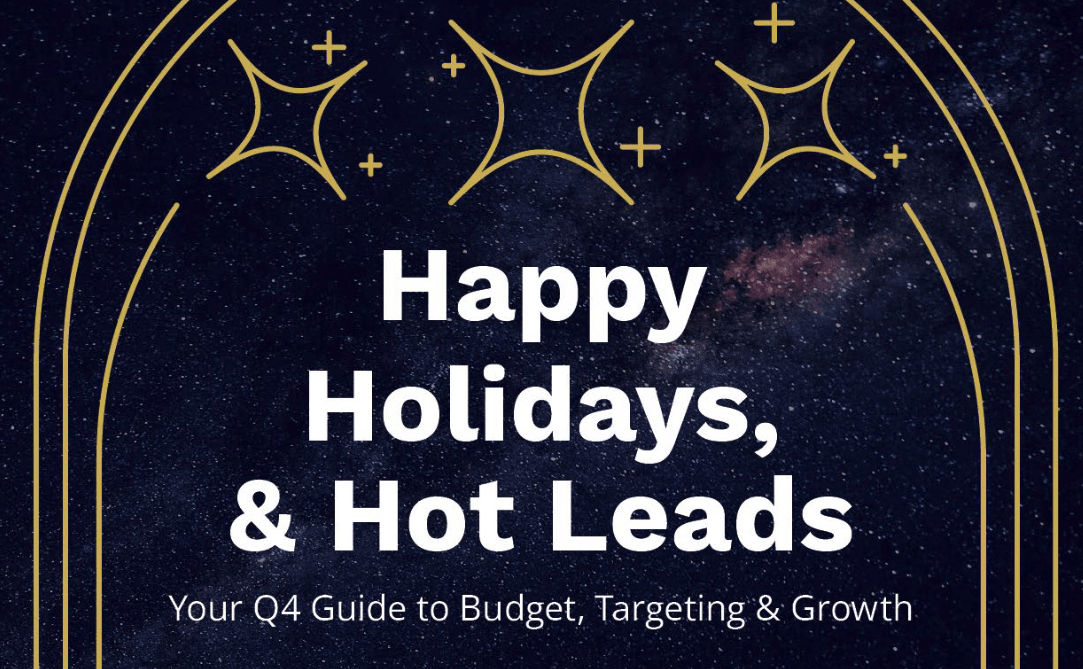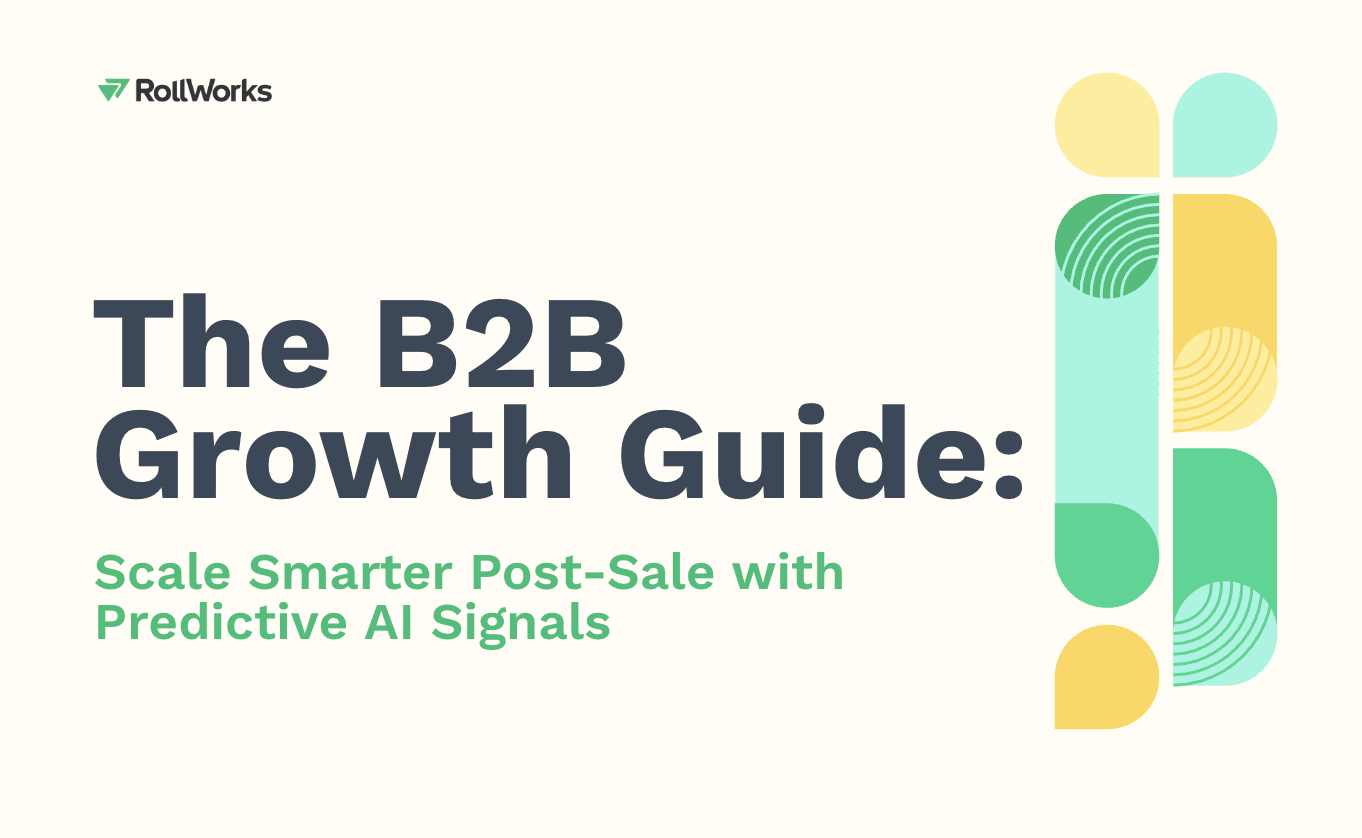Just about every sales professional knows the saying “always be closing” from the movie Glengarry Glen Ross. The catchphrase is popular among sales development representatives (SDRs) in particular who—in addition to generally being the first points of contact on any prospective sales—face rejection daily, are tasked with cold calling, handle tedious administrative work, and collaborate with marketing teams regularly, all while juggling multiple accounts and opportunities.
So, suffice it to say, being a salesperson isn’t easy, especially when you add the fact that it takes up to eight touchpoints (phone calls, emails, or in-person conversations) to receive a response from a prospect, let alone close a deal. Since sales teams are responsible for producing between 30% to 45% of the sales pipeline in B2B software as a service (SaaS) companies, it’s no surprise that working in sales, specifically as a manager, is one of the most stressful jobs in the country. It’s challenging, demanding, and predominantly met with some of the highest expectations for the company’s overall success and profitability.
Luckily, we’ve compiled a list of five ways to simultaneously lessen the toll these expectations have on your sales team and accelerate your overall sales performance.
1. Prioritize your prospects’ schedules over your own
Hands down, one of the hardest tasks for any sales rep is knowing when to do outreach. In the morning or afternoon? At the beginning or end of the week? Once you know when to reach out, how often should you follow up? Once a week? Once a month?
Though outreach should always be contingent on your specific business, industry, and ideal customer profile (ICP), here’s a general scope on when to reach out for the best chance of connecting with a prospect:
-
Thursdays and Fridays
-
On the last couple business days of the month (ideally the 28th through the 31st)
-
At 3 p.m. or later local time if you’re attempting to speak to a prospect on the phone. If you’re trying to connect via email, hit send either five minutes before or after the hour.
-
Three to four days apart from your last touchpoint, unless it’s the first follow-up. The first and second touchpoints should be two weeks apart.
Think about it: although we’re our most focused selves in the mornings, that high energy is primarily dedicated to our own calls, projects, and deadlines—not listening to a vendor try to sell us something, no matter how impressive it is. By considering your prospect’s schedule before your own, you’ll be more likely to catch them when they have more bandwidth near the end of the day, giving you the time and attention you need to make your pitch.
So you did it, you made that first touchpoint! Hang tight, it’s best to wait two weeks before reaching out to them again. This way, you’re respecting their time and giving them a chance to review your product material. You want them to want your product to make their lives easier, more streamlined, and more profitable. You don’t want to make them feel like you’re trying to meet your sales performance goal for the quarter. Be persistent but patient, and diversify your outreach with video emails and gifting for a maximum of eight touchpoints in one month, which is your best chance of receiving a response.
Lastly, personalize your messaging to increase engagement and conversion rates, and implement data science models, like Sales Insights, into your marketing and sales strategy. By doing so, you can prioritize accounts based on engagement data to reveal when accounts are interacting with your website and ads instead of blindly guessing which accounts might be ready to talk about what you have to offer.
2. Sell a solution, not a product
To truly make a memorable connection with your prospective customer, you need to focus on what your product can do for them—how it can solve their problems and pain points—not what it does, like its features and plan options. After all, in a world of research-driven customers and ever-growing buying committees, the modern seller is now seen as more of a strategic consultant and less of a, well, sales rep.
The best, most cost-effective product in the world is useless to a prospect if it doesn’t align with their needs. So, before your first outreach to them, do some research on their company (which we’ll delve into more with our next point), specifically their struggles and challenges, and what their competitors are currently doing. If your product can help bridge a particular gap in their everyday operations and/or make them stand out from their competition, speak to that when you connect with them. By changing your messaging from what you’re trying to sell to them to what you’re trying to elevate for them, you'll effectively make your product all about the prospect.
3. Capitalize on account-level insights & shifts
When deciding which accounts to reach out to, you should be researching prospects for relevancy. Ask yourself these two questions:
1) Why are we reaching out to this particular prospect?
2) What makes this specific outreach relevant to the prospect?
Then, once you know why you want to reach out to these best-fit accounts, continue researching to figure out the best time and approach. Are they hiring? Receiving additional funding? Under new leadership? When a company makes big internal changes, you can assume they’re on the brink of adopting new products and services.
To help with this specific research, consider features like RollWorks’ Account News, which helps manage accounts based on news related to their financial performance, organizational structure, and recent product or partnership launches. Account News lets sales teams uncover account-level insights and changes that help prioritize accounts for outreach and better understand how account behavior impacts acquisition and retention.
While you should always focus on the best-fit accounts that are most likely to close and turn a profit, you should also consider which ones could continue to be profitable year over year. These accounts might expand and renew, have the potential to become brand advocates and be capable of forming a strong vendor/customer relationship with your organization that is built on trust and a full-funnel customer experience.
4. Adapt to account & market changes
Let’s face it, an account’s financial performance, organizational structure, and launches can change quickly, forcing you to act fast to stay competitive and retain customer loyalty. In fact, according to Salesforce’s State of the Connected Customer report, after years of increased online engagement and economic uncertainty, 73% of customers have come to expect companies to understand and meet their unique needs, not simply appreciate the times when they feel taken care of.
One way to remain adaptable in instances that seep beyond the “typical” customer journey is by having different plays perpetually locked and loaded—plays that both speak to and offer guidance for accounts entering a new market, implementing a new automation system company-wide, or making giant cuts to their annual budget.
You can also stay agile in an ever-changing market by consistently providing a personalized, relevant account-based experience throughout the entire customer journey—one that uses intent and engagement signals to anticipate, meet and exceed account needs before they’ve even been realized.
4. Measure & act on account engagement
One of the easiest ways to anticipate your prospects’ needs is by measuring and understanding their engagement with your products and services. If the prospect opens your email numerous times, don’t wait. Pick up the phone and call them, regardless of what your outreach schedule looks like. If a prospect is taking action, do the same. Most importantly, remember to change and update your email messaging, script, and other channel touches based on each tracked engagement. When marketing and sales teams are aligned this makes follow-ups easier and more impactful before the first touchpoint is even made.
While sales is a challenging profession, it can also be rewarding, especially when all of your hard work pays off big with a closed-won opportunity. Hopefully, these five tips can make cold outreach a bit more enjoyable and less stressful.
About the Author
Follow on Linkedin More Content by Alysha Parker, Content Marketing Manager




























